Wrist wraps are a useful piece of equipment to own. While they aren’t going to add gobs of pounds to your total, they can make a useful difference on each and every lift. They’re allowed by most federations’ rules, so you may as well take advantage of them.

You want to get a wrist wrap that is at least 24”. Most federations allow for up to 36”, but, generally speaking, this isn’t completely necessary. With 36”, you can pretty much cast your hand and forearm. I always go with the maximum allowable specifications on equipment, to maximize carryover, but, again, it isn’t strictly necessary.
You also want a stiff wrap. Of course some manufacturers are going to claim their wraps are stiffer than others. In my experience, stiffness is a function of newness more than anything else. And even old wraps are tight as hell if you crank them.
Powerlifting Wrist Wraps: The Squat
In the squat, wrist wraps can relieve pressure if you take a grip that uses a bent wrist. Nowadays, with the rising popularity of Starting Strength and their accompanying squat model, many people squat with straight wrists and their thumbs over the bar. For those who use this technique, wrist wraps won’t be particularly helpful.

Straight wrist, thumbless grip (left) vs. the bent wrist, thumbs around grip (right). The thumbless grip doesn’t benefit as much from wrist wraps.
That is unless you suffer from elbow tendonitis. This is often a product of carrying the bar wrong. Many people lack the flexibility to carry it correctly with thumbs over the bar. However, bent wrists, with wrist wraps, can allow the wraps to absorb the load instead of your elbows. This may help cure your tendonitis.
Personally, I recommend using a thumbs-around grip with bent wrists. The bent wrist will reduce the necessary shoulder flexibility required to take a closer grip. The closer your grip when you squat, the tighter your upperback. The tighter your upperback, the less chance you have for the bar to move around on you or for your back to loosen at any point in the movement. If you can’t normally take a close grip, try using a bent wrist grip with thumbs around.

Here Dan Green demonstrates the bent wrist squat grip technique. This technique necessitates wrist wraps.
Wrist Wraps in the Bench Press
Wrist wraps are most useful in the bench press. A bent wrist in the bench press is inefficient. When the wrist bends, you create a lever arm between the bar and the wrist joint. Simply put, when the bar is directly over the wrist, the force is transferred directly into the bar rather than being eaten up to some degree by a bent wrist. There is no lever arm to overcome.
If you have problems with a bent wrist when you bench, a tight wrap can instantly add 5-10lbs to your bench press in my experience. I highly recommend wrist wraps for the bench.
Wrist Wraps on the Deadlift
Though not often used for this purpose, wrist wraps can help to hold the wrist in a flexed position when you’re pulling. When the wrist is flexed, it is harder to open the hand. So if you struggle with your grip on the deadlift, wrist wraps may be a quick fix for you. You’ll obviously want to keep improving your grip, but why not take every advantage you can get?
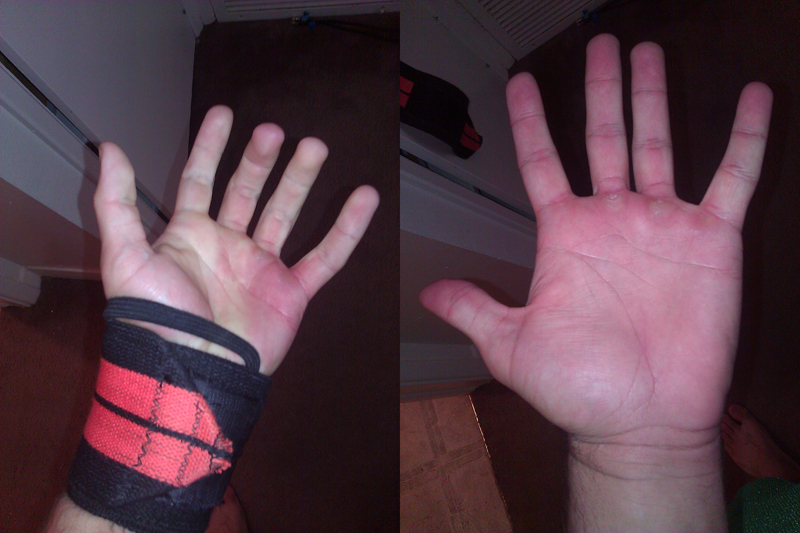
A tight wrap job prevents the hand from fully opening. In both pictures, I am sincerely opening my hand as wide as I am capable of.
In my experience, wrist wraps are particularly helpful when you pull hook grip. I’ve found that when I try to pull using the over under/grip in combination with wrist wraps, it is a lot harder to get an initial good grip on the bar. If you jam your hand in there, it can still work though. Hey, if Eric Lilliebridge uses them for 800+ pulls, they might help you too. You’ll have to try and experiment for yourself.
How to Wrap Your Wrists
It is important to note that most federations do not allow for wrist wraps to be wrapped any higher than 2cm (~1”) above the center of the wrist joint. While not often enforced incredibly strictly in many federations, this is still the rule. Realistically, the wrap should not be touching the fleshy portion of the hand.
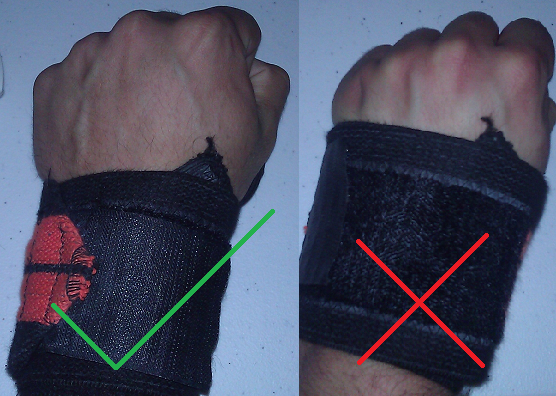
The left is a legal wrap and the right is illegal. The wrap cannot go more than 2cm above the wrist joint.
Actually wrapping your wrists is simple enough:
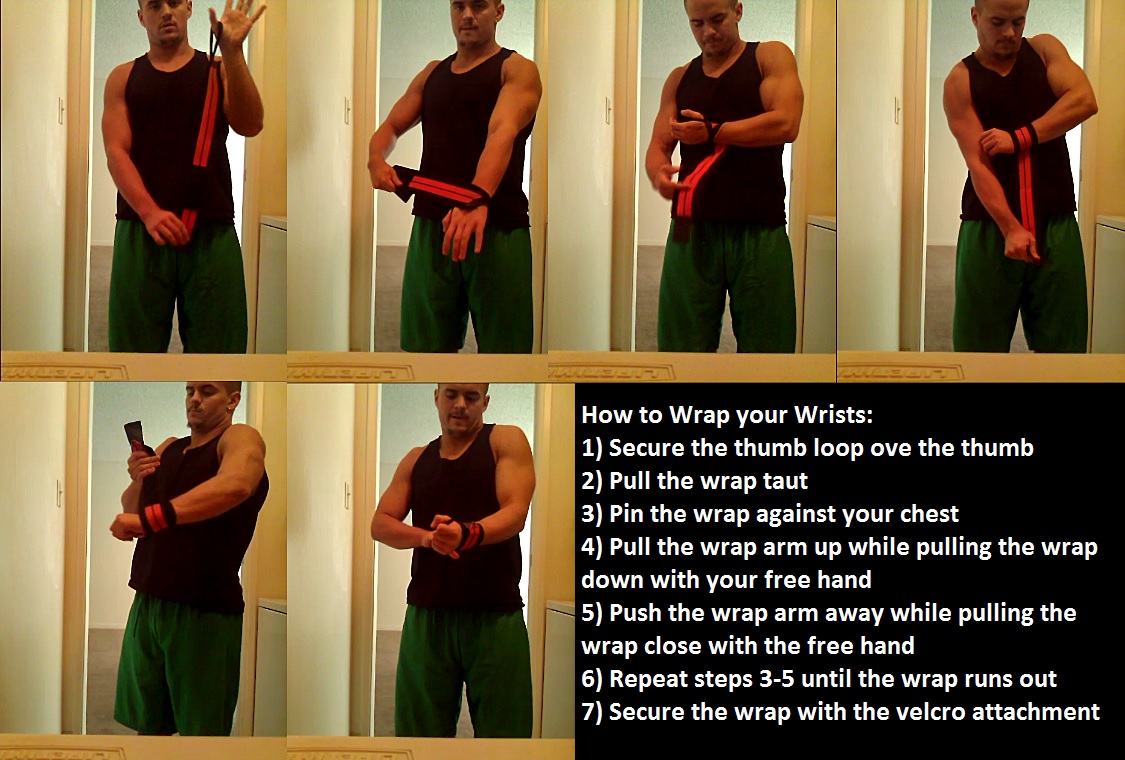
Obviously, anything like this is a lot easier to see than to read about. Check out my wrist wrap demonstration video:
Moving Forward
In my opinion, wrist wraps are an essential piece of equipment for a powerlifter to own. They can be useful on every lift and, if you’re using my technique methods, they are mandatory for both the bench press and the squat.
If you don’t already have wrist wraps, I recommend Titan Max RPMs. This is what I personally use in all of my training and they’ve held up despite more than a year of heavy abuse. Like I said, they’ve earned my recommendation.

Be on the lookout for our next article in the Powerlifting Gear Series: powerlifting belts.
Like this Article? Subscribe to our Newsletter!
If you liked this articled, and you want instant updates whenever we put out new content, including exclusive subscriber articles and videos, sign up to our Newsletter!
Questions? Comments?
For all business and personal coaching services related inqueries, please contact me:
[contact-form-7 id=”3245″ title=”Contact form 1″]
Table of Contents
Powerlifting Gear I: Powerlifting Wrist Wraps
Powerlifting Gear II: Powerlifting Belts
Powerlifting Gear III: Powerlifting Knee Sleeves
Powerlifting Gear IV: Powerlifting Shoes
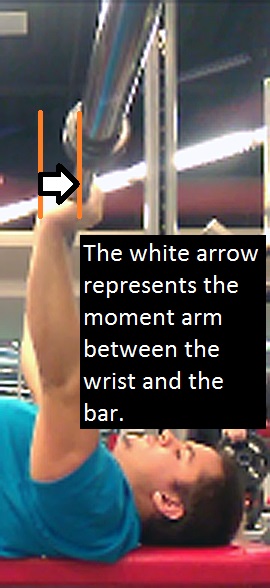

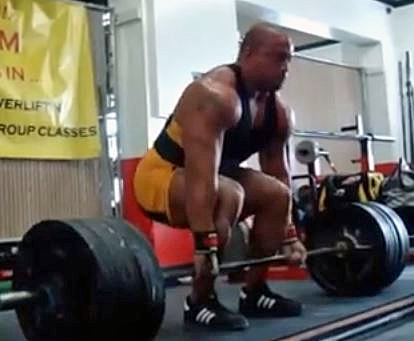
Very informative blog post. I’ll be ordering the Titan Max RPMs today.
Thanks for the recommendation!
-Aleli
Awesome. Let me know how you like them.
Every time I wrap my wrists It cuts off all blood flow to my hand and my hand goes numb and veins pop out more in the hand. This happens even when I don’t wrap it very tight.
That’s bizarre. Where are you wrapping your hands? On the wrist joint? I can’t see how it would cut off blood flow unless you’re wrapping below the wrist, too. That definitely does cut off blood flow and you have to time the wrap carefully when you do that.
Hey Tom, nice website you’ve got here!
I have a question regarding wrist wraps. Do you recommend them for lifters who don’t plan to compete, but at the same time might have some problems with the wrists bending slightly at the top of the movement in the bench and the press?
Thanks,
Leonidas
Thanks, man. Yes, definitely. Wrist wraps increase efficiency which is why competitors use them in the first place. If the goal of your pressing workouts is to increase the size and strength of your pressing musculature, and your wrist positioning is holding back the weights you can use, getting wraps will improve your training effect for that musculature. If you’re not going to use them for squats or competing at all, you might want to go with 24″ instead of 36″ in terms of length.
Thanks for the explanation!
No worries my dude